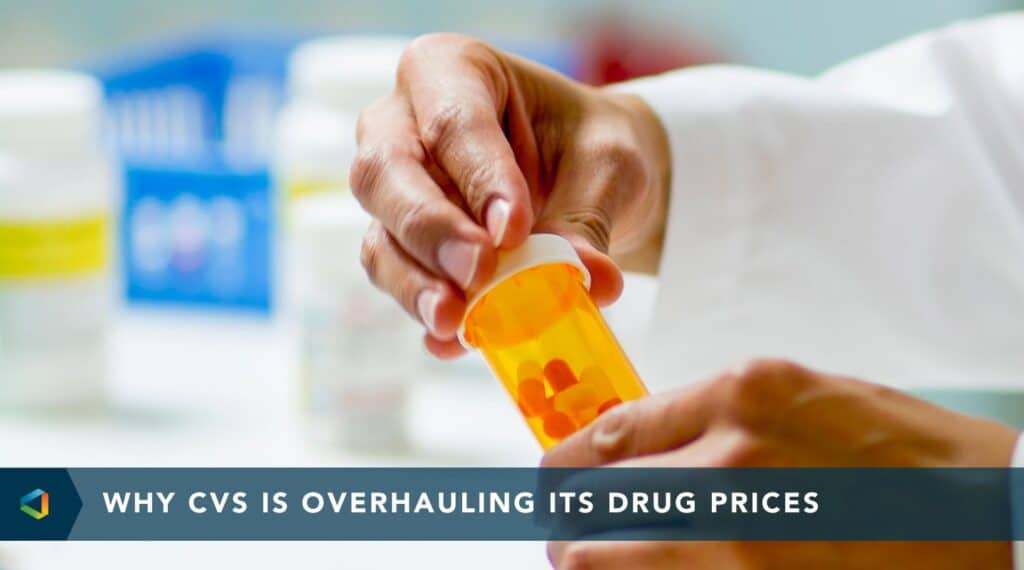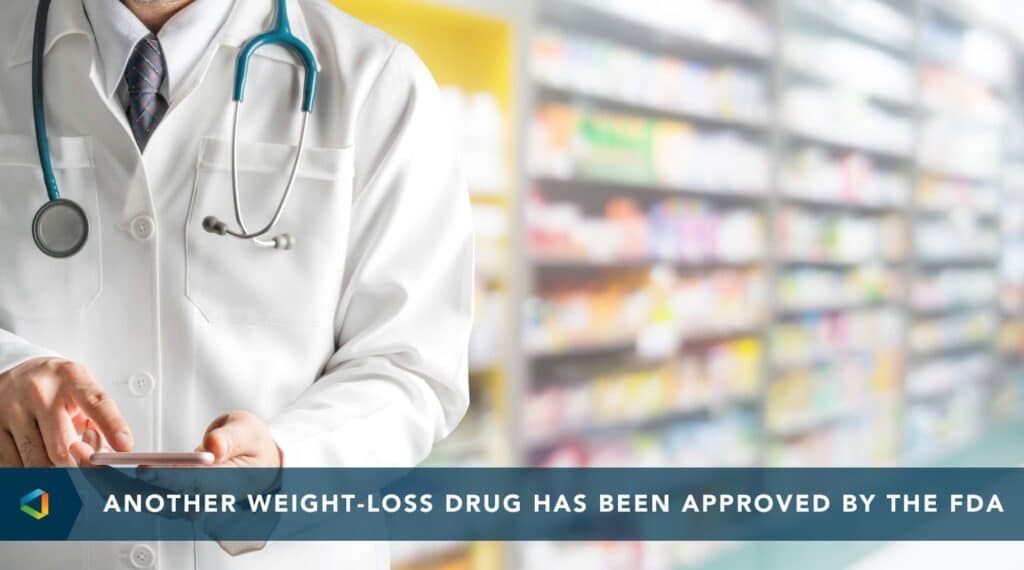Healthy People
The Human Cost of Direct-to-Consumer Drug Advertising: Higher Prices, Worse Health Outcomes
The Human Cost of Direct-to-Consumer Drug Advertising: Higher Prices, Worse Health Outcomes
The practice of drug manufacturers advertising medicine to the public is nearly unique to America. The data shows that it makes us worse off.
There are 193 U.N.-recognized countries on Earth. In 191 of them, it is illegal for prescription drug manufacturers to advertise their products to consumers. The arguments in favor of this prohibition are fairly straightforward:
- Drug manufacturers have a clear financial interest in overstating the efficacy of their products and persuading people to purchase medicines that they don’t need.
- Most members of the general public do not have the medical background to understand how a particular medication will affect their body and whether it is advisable for them to take it.
- Misleading marketing campaigns can be used to convince people that “miracle drugs” will instantly solve chronic health issues when these should really be addressed with lifestyle changes instead.
The Negative Effects of Direct to Consumer (DTC) Advertising
As you might expect, the United States is one of the two countries that permit DTC advertising of prescription medications (if you were curious, the other is New Zealand). Recent research from Johns Hopkins University has added to a growing body of evidence indicating that this practice is harmful to patient wellbeing and public health. The key findings of this research are summarized below:
- Pharmaceutical companies were shown to spend more money on advertising drugs that have were less effective in clinical studies. This means that DTC advertising is often used to boost the sale of drugs that would probably otherwise struggle in the marketplace.
- DTC advertising was successful in stimulating consumer demand for these inferior drugs. In fact, it was found that every 1.5% increase in ad spending was associated with a 10% increase in sales.
- DTC advertising contributes to America’s generally high drug prices and reduced utilization of cheaper generic alternatives.
- This artificial demand leads to increased consumer requests for providers to prescribe DTC-advertised drugs, even when they are not the best option for patient health needs.
The final item in the above list is worth expanding on, as it has been amply demonstrated in recent months by public reaction to the drug Semaglutide. Semaglutide was originally developed to treat diabetes patients under the brand name Ozempic. However, Ozempic was found to have the unintended effect of causing patients to consume less food and is now explicitly marketed as a weight loss drug under the name Wegovy.
Unfortunately, Semaglutide has other unintended side effects as well. These include hair loss, pancreatitis, gallbladder disease, kidney damage, and thyroid cancer – not to mention the fact that patients tend to regain lost weight as soon as they stop taking the drug. News of these alarming side effects has struggled to gain traction in the face of explosive demand for Wegovy, which is at least partially due to DTC advertising by the drug’s manufacturer.
There is a reason why 96% of the human race lives in places where this type of drug promotion is illegal. The truth is that patients simply experience better health outcomes when they consult with an unbiased physician rather than listening to self-interested pharmaceutical advertisements. As with so many other elements America’s crisis-ridden healthcare system, DTC drug advertising prioritizes profitability over human wellbeing.
This article is part of an ongoing blog series by the OneDigital pharmacy consulting team. If you liked this entry, check out PBMs Explained - What Are They and How Do They Relate to Soaring Pharma Costs?




